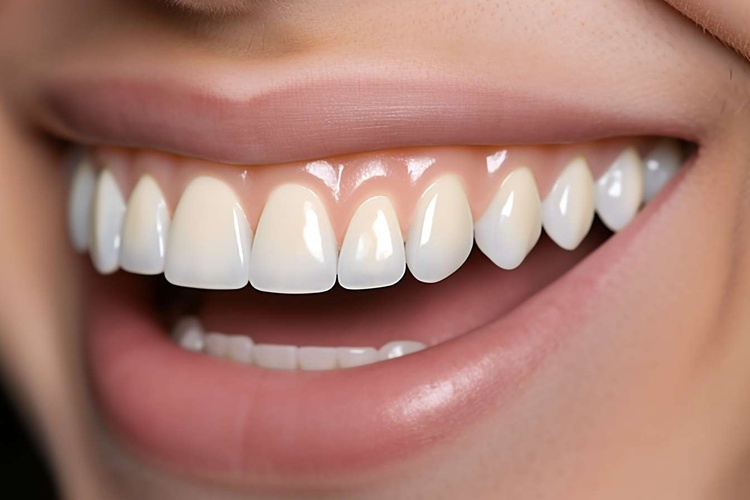Decoding the Art of Facial Rejuvenation: A Deep Dive into Botox and Fillers
As we traverse through the journey of life, the passage of time leaves its indelible marks on our bodies. For many, the face bears the most visible signs of this aging process, leading to a growing interest in procedures that promise to restore a youthful glow. Among the most sought-after treatments are Botox and fillers, two minimally invasive procedures that have revolutionized the field of cosmetic dermatology. This article aims to unpack the science, history, and impact of these popular treatments, providing an in-depth understanding of their role in the pursuit of beauty.

The Science Behind Botox and Fillers
Botox, a brand name for Botulinum toxin, is a neurotoxic protein produced by the bacterium Clostridium botulinum. In small, controlled doses, Botox works by blocking nerve signals in the muscles where it is injected, causing temporary muscle paralysis and thus smoothing out wrinkles and fine lines. Fillers, on the other hand, are gel-like substances that are injected beneath the skin to restore lost volume, smooth lines, soften creases, or enhance facial contours. They commonly contain substances like hyaluronic acid or calcium hydroxylapatite, which naturally occur in the body.
Historical Context: From Toxin to Treatment
The journey of Botox from being a deadly toxin to a beloved beauty treatment is nothing short of fascinating. Discovered in the 19th century, Botulinum toxin was initially associated with food poisoning. However, in the 1950s, scientists began to explore its potential therapeutic uses, leading to its approval by the FDA in 1989 for treating eye muscle disorders. It wasn’t until 2002 that Botox was approved for cosmetic use, and since then, its popularity has soared.
Dermal fillers, too, have a rich history. The first documented use of a filler-like substance can be traced back to the late 19th century when mineral oil and paraffin were used to fill out facial defects. However, these substances caused severe side effects. It wasn’t until the 1980s that safer options, like bovine collagen, were introduced. Today, a wide array of biocompatible materials are used, each with its own benefits and drawbacks.
The Rise in Popularity and Current Trends
With the advent of social media and the increasing influence of celebrity culture, Botox and fillers have become more mainstream than ever before. According to the American Society of Plastic Surgeons, in 2019 alone, Botox treatments increased by 3% from the previous year, while soft tissue fillers saw a 2% rise. Several factors contribute to this surge in popularity, including the short procedure time, minimal recovery period, and relatively affordable cost compared to more invasive surgeries.
The current trend is leaning towards a more natural look, with many opting for ‘Baby Botox,’ a method that uses smaller doses to achieve subtler results. Similarly, in the world of fillers, the focus is shifting towards ‘tweakments,’ minor modifications that enhance the facial features while maintaining a natural appearance.
Impact and Reception
The impact of Botox and fillers extends beyond physical appearance. Studies have shown that these treatments can have positive psychological effects, boosting self-esteem and overall life satisfaction. However, it’s essential to acknowledge the potential risks and side effects, such as bruising, swelling, and in rare cases, more serious complications like facial asymmetry or vision problems.
The reception to these treatments is mixed. While many laud them as miracle solutions to aging, critics argue that they perpetuate unrealistic beauty standards and contribute to the stigmatization of aging. Yet, it’s undeniable that these treatments have empowered individuals to take control of their appearance in ways previously unimaginable.
A Glimpse Into the Future
As technology advances, the world of Botox and fillers continues to evolve. Researchers are experimenting with topical Botox, which can be applied like a cream, eliminating the need for injections. Similarly, the development of longer-lasting fillers is on the horizon.
Moreover, the focus is shifting towards a holistic approach, integrating these treatments with lifestyle changes, skincare routines, and other non-surgical procedures. The future holds the promise of further innovation, providing individuals with even more options to achieve their desired look.
In conclusion, Botox and fillers have undoubtedly transformed the landscape of cosmetic dermatology. While they may not be a panacea for all signs of aging, their potential to enhance facial aesthetics and boost self-confidence is undeniable. As we continue to redefine our perception of beauty, these treatments will undoubtedly continue to play a significant role.




